Sensory Processing in Autism
Understanding Sensory Differences in Autism
Introduction to Sensory Processing in Autism
Sensory processing anomalies are a pronounced characteristic of autism spectrum disorder (ASD), with a majority of autistic individuals exhibiting unique patterns of sensory sensitivities. The intricacies of how the autistic brain processes sensory stimuli can significantly affect daily life, influencing social interactions and overall well-being. This article explores various aspects of sensory processing in autism, providing insights into coping strategies, neurobiological underpinnings, and support mechanisms.
Sensory Processing Variations in Autism
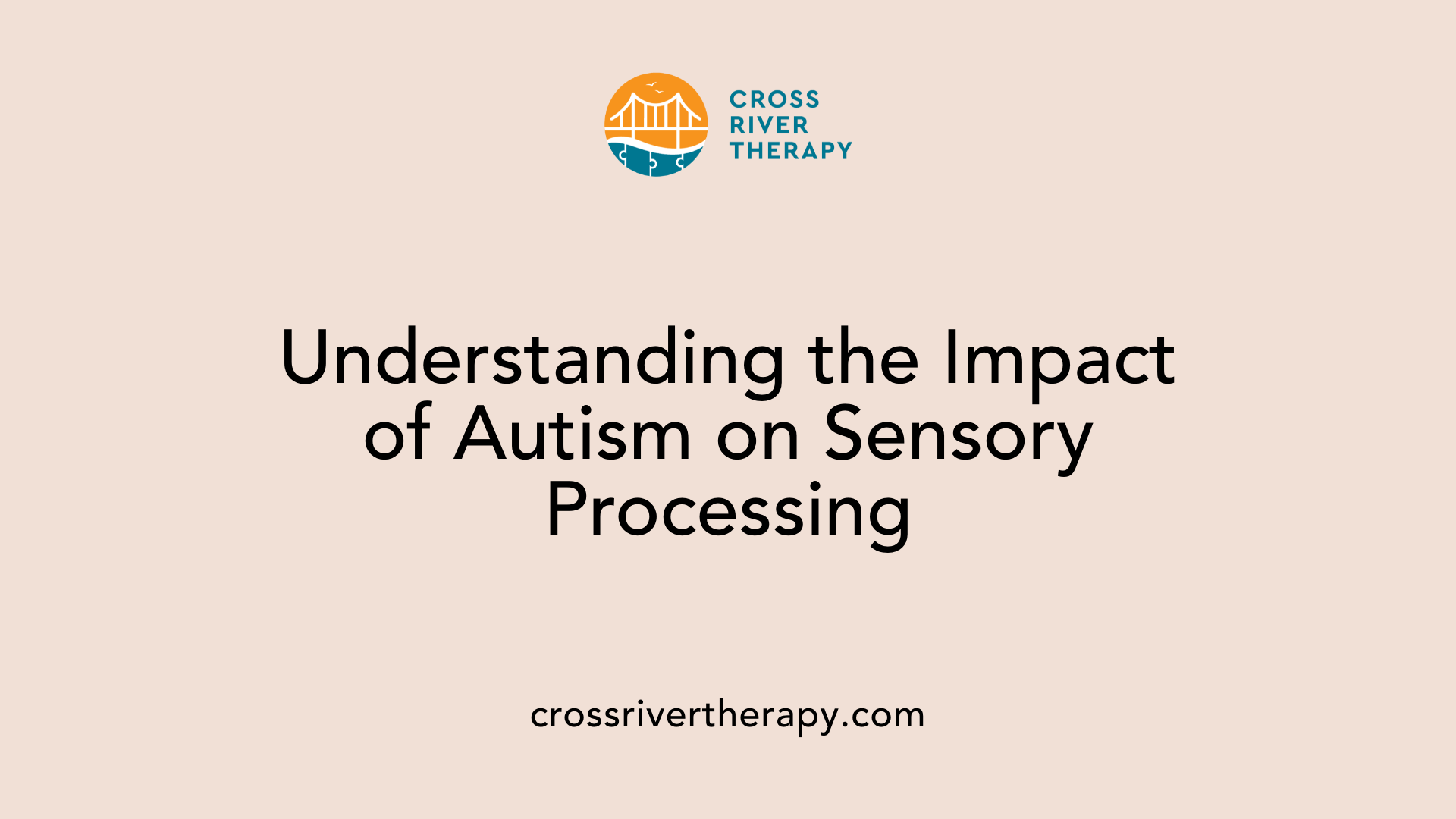
How does autism affect sensory processing?
Autism affects sensory processing in a significant way, impacting approximately 90% of individuals on the spectrum. This alteration generally manifests as either hypersensitivity or hyposensitivity to various sensory inputs, including sights, sounds, and textures.
Hypersensitivity refers to an over-responsiveness to stimuli, where mild sensory input can become overwhelming. For instance, bright lights may seem excessively blinding or certain sounds may feel unbearable. This heightened sensitivity can lead to anxiety, distress, and the need to escape overwhelming environments. Behaviors associated with hypersensitivity often include meltdowns, withdrawal, or sensory avoidance strategies, such as covering one's ears.
Conversely, hyposensitivity denotes a diminished response to sensory input, where individuals may not notice discomfort or pain. Some may actively seek out intense sensory experiences, like engaging in repetitive movements or making loud noises, as a means of self-regulation. These sensory-seeking behaviors can lead to challenges with coordination and navigation, potentially increasing the risk of injury due to a lack of awareness about their surroundings.
Understanding these individual sensory profiles is essential for creating supportive environments. Strategies like occupational therapy and Cognitive Behavioral Therapy (CBT) can assist autistic individuals in adapting to their unique sensory experiences. By accommodating these sensory differences, caregivers and educators can foster better emotional regulation and social interaction.
Recognizing and Responding to Overstimulation
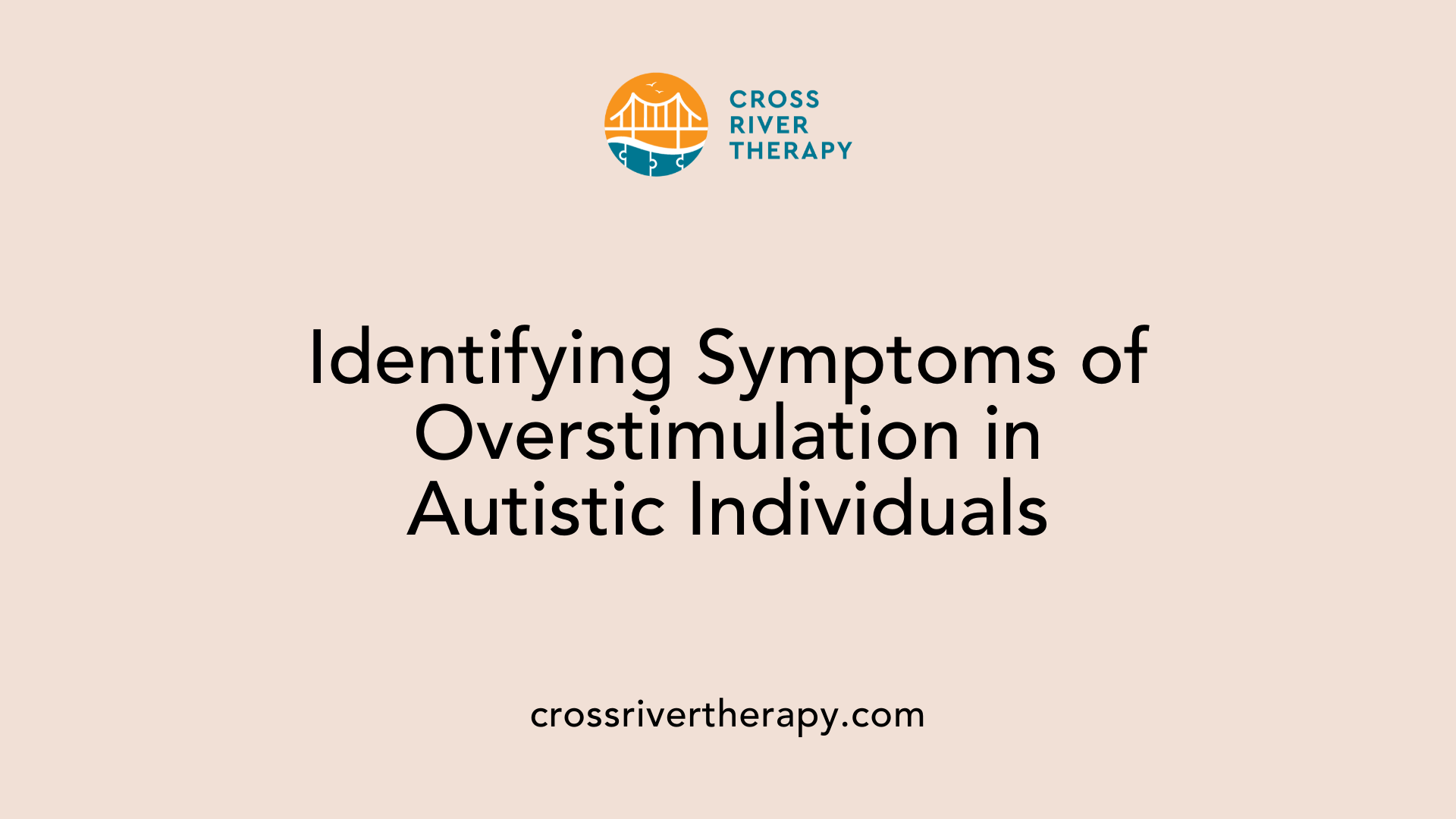
What are the symptoms of autism overstimulation?
Symptoms of autism overstimulation are commonly tied to sensory processing challenges. Individuals may exhibit increased stimming behaviors, such as hand flapping or rocking, particularly when overwhelmed. This response often includes heightened physical movement or fidgeting as they try to cope with the intensity of the sensory input.
Hypersensitivity can lead individuals to cover their ears or eyes in an effort to block out overwhelming stimuli. Conversely, hyposensitivity may prompt sensory-seeking behaviors, such as making loud noises or needing more intense experiences to feel engaged. During episodes of overstimulation, autistic individuals can also face difficulties in processing their internal sensations, struggling to recognize feelings like hunger or pain.
Behavioral responses
Overstimulation can trigger significant anxiety and distress, which may manifest as an urgent need to escape the overwhelming environment. Heightened emotional reactions can result in communication challenges, causing frustration when they can’t articulate their discomfort. Individuals might exhibit signs of distress through meltdowns or sudden withdrawals from social interactions.
Environmental adjustments
To mitigate the effects of overstimulation, accommodations need to be individualized based on sensory profiles. Strategies such as using earplugs or creating quieter spaces can drastically help in managing sensory overload. Others may benefit from introducing structural changes in their environments, making adjustments to lighting or introducing sensory-friendly tools to regulate sensory processing more effectively.
Coping Strategies for Sensory Challenges
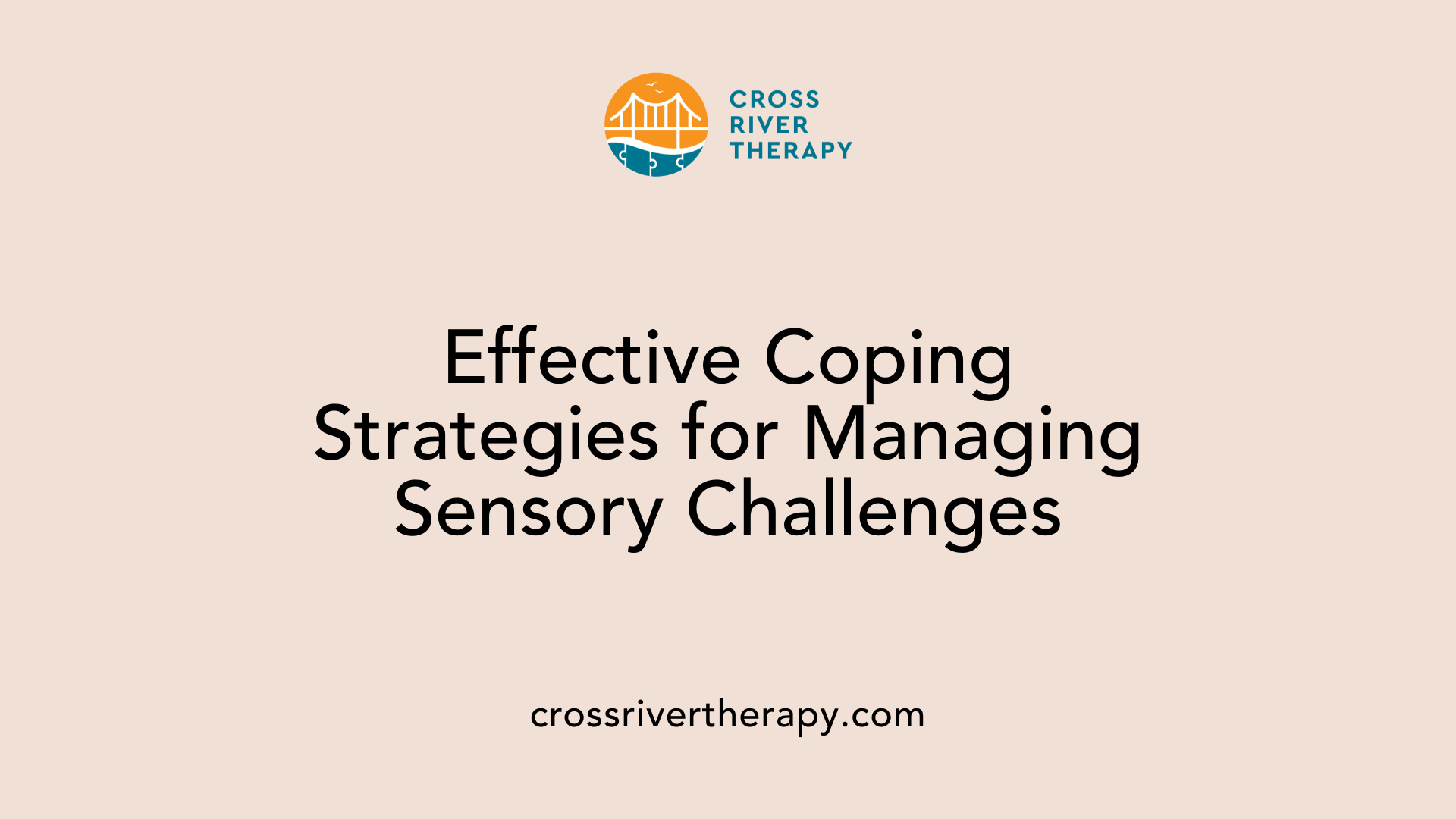
What are coping strategies for sensory processing challenges in autism?
Coping strategies for sensory processing challenges in autism differ significantly based on each child’s sensory profile. For individuals experiencing hypersensitivity, calming techniques are essential. These might include:
- Deep pressure massage to soothe and ground the individual.
- Breathing techniques that promote relaxation and help manage anxiety.
- Progressive muscle relaxation to allow tension release and improve emotional regulation.
Making environments more predictable can also alleviate stress. Utilizing structured routines or visual schedules gives children a sense of control, which can mitigate feelings of anxiety when encountering unexpected sensory stimuli.
For those exhibiting hyposensitivity, sensory-rich activities become crucial. Engaging in experiences such as swinging, jumping, or even playing with textured materials can help address under-responsiveness. Incorporating a variety of sensory inputs encourages interaction with their world effectively. This environment fosters a sense of normalcy and helps them engage more appropriately.
Calming strategies and sensory-friendly environments
Creating sensory-friendly environments is pivotal. Modifications—such as using noise-canceling headphones, implementing soft lighting, or providing calming spaces—can significantly support an individual’s coping efforts. Allowing children to have control over these elements can empower them, giving them a sense of autonomy in managing their sensory experiences.
Role of caregivers
Caregivers play a vital role in this process. They can help children identify their specific sensory needs by observing reactions to different stimuli. Training and collaboration with occupational therapists can guide caregivers to implement effective strategies tailored to an individual’s sensory profile, ultimately creating a supportive ecosystem for emotional and sensory processing challenges.
Types of Sensory Processing Disorder in Autism
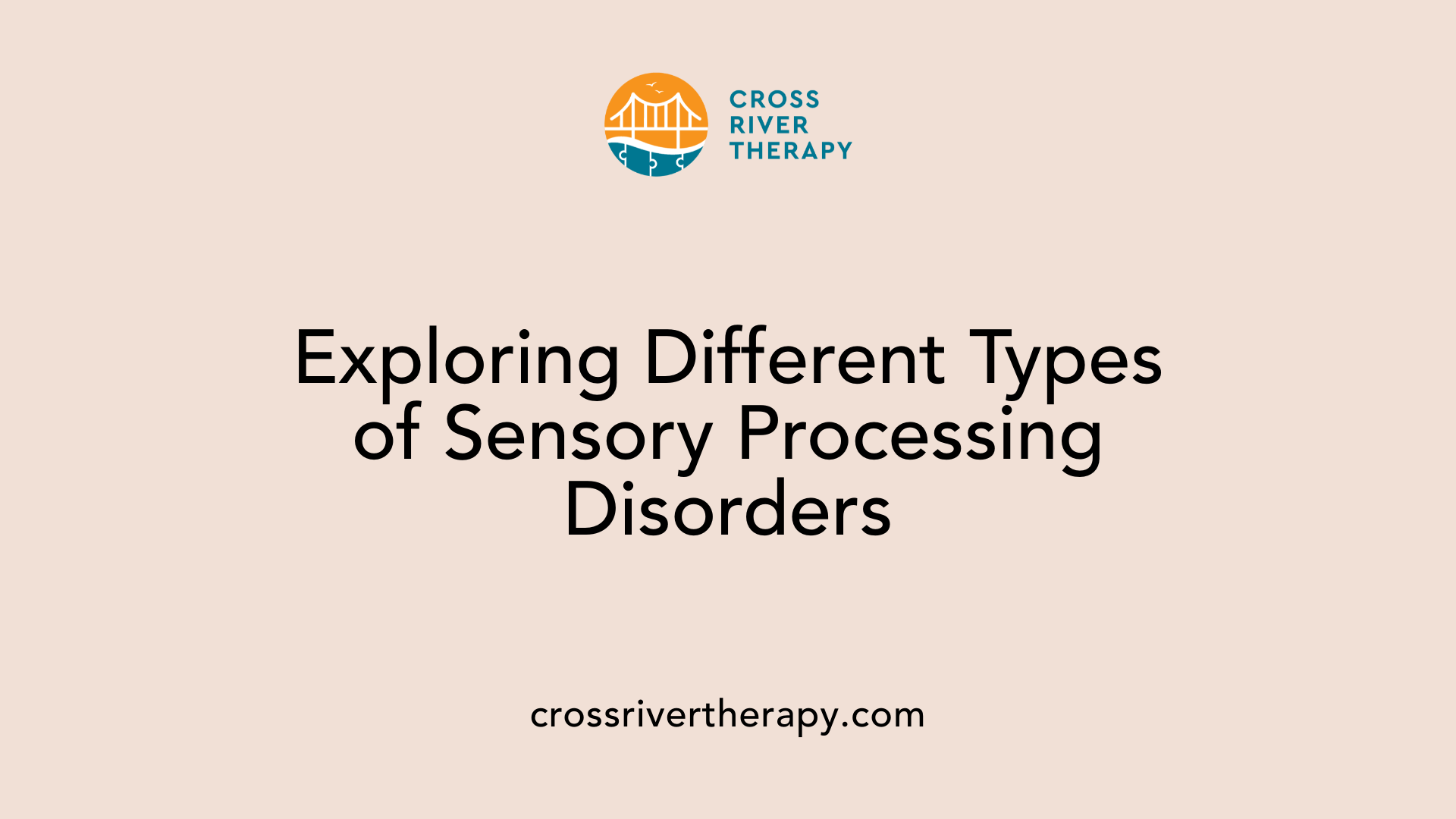
What are the types of sensory processing disorder related to autism?
Sensory Processing Disorder (SPD) related to autism encompasses several types that reflect the varied ways individuals can experience sensory inputs. The three primary types include:
| Type of Disorder | Description | Impact on Individuals |
|---|---|---|
| Sensory Modulation Disorder (SMD) | SMD relates to difficulties regulating responses to sensory stimuli, leading to hypersensitivity or hyposensitivity. This disorder can cause overwhelming stress in situations with abundant sensory inputs. | Individuals may avoid certain environments due to discomfort or seek intense stimuli, like bright lights. |
| Sensory-Based Motor Disorder (SBMD) | SBMD involves issues with physical coordination and body awareness, often leading to challenges in both gross and fine motor skills. | This can manifest as awkward movements, difficulties with balance, or problems navigating spaces. |
| Sensory Discrimination Disorder (SDD) | SDD is characterized by difficulty distinguishing between different sensory inputs, impacting the ability to process and interpret what is felt, heard, or seen. | Individuals may struggle with recognizing and responding appropriately to familiar or significant stimuli. |
Understanding these distinct types of SPD in the context of autism can help clinicians and caregivers develop tailored interventions aimed at enhancing sensory processing and improving everyday functioning.
Interventions often include occupational therapy and sensory integration therapy to better manage these sensory challenges, thus supporting overall well-being.
Professional Support for Sensory Issues
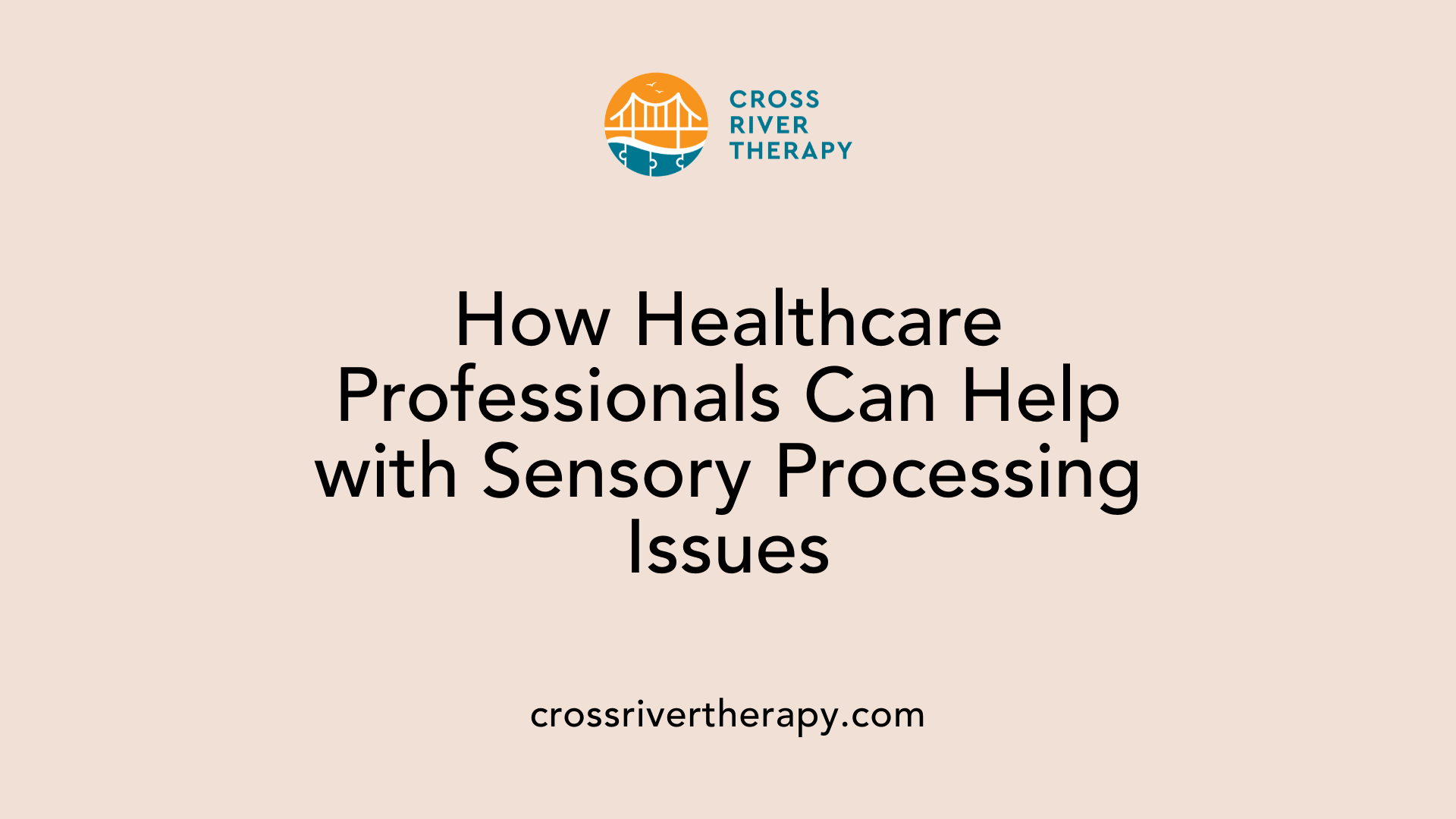
How can healthcare professionals support individuals with sensory processing issues in autism?
Healthcare professionals play a pivotal role in assisting individuals with sensory processing issues associated with autism. Their support often revolves around tailored interventions that address the specific sensory profiles of each individual, whether they experience hypersensitivity or hyposensitivity.
Occupational Therapy is one of the primary avenues through which professionals can assist. Therapists can perform assessments to understand an individual's sensory profile and create personalized treatment plans. These plans may include strategies to help individuals navigate sensory challenges in daily life, such as introducing sensory integration therapy, which uses structured activities to improve how sensory information is processed.
Sensory-Friendly Tools also form a crucial part of the support system. Tools such as noise-canceling headphones, fidget toys, or weighted blankets can help mitigate sensory overload. These tools empower individuals to manage their environments actively, reducing anxiety associated with unexpected sensory input.
Moreover, collaboration with other healthcare professionals is essential. By working closely with educators and caregivers, healthcare providers can implement supportive practices within various settings, such as schools. This cooperation allows for the development of structured environments that accommodate sensory sensitivities, fostering a more comfortable experience for those affected.
The Connection Between SPD and ASD
What is the relationship between Sensory Processing Disorder and Autism Spectrum Disorder?
Sensory Processing Disorder (SPD) and Autism Spectrum Disorder (ASD) often coexist, with research indicating that about 90% of children with ASD also exhibit symptoms of SPD. SPD specifically relates to difficulties in processing sensory information, whereas ASD includes a broader range of behavioral, communication, and social challenges.
Overlap of symptoms
Symptoms associated with both SPD and ASD can manifest similarly. For instance, hypersensitivity to sounds or textures can be observed in both conditions, leading to distress or avoidance behaviors. Approximately 75% of children diagnosed with autism show significant sensory processing difficulties, showing a profound overlap that complicates diagnosis.
Diagnostic challenges
Distinguishing between SPD and ASD can sometimes be challenging. While SPD can occur independently without autism, the prevalence of sensory issues within the autistic population necessitates a refined diagnostic approach. Unique sensory profiles among autistic individuals—a mix of hypersensitivity and hyposensitivity—further add to the complexity.
Need for integrated treatment
Given the high overlap of symptoms, effective treatment protocols should address both SPD and ASD collectively. Utilizing strategies like sensory integration therapy and tailored behavioral therapies can optimize outcomes. This integrated approach recognizes the intertwined nature of sensory processing difficulties and the broader aspects of autistic behavior, ultimately enhancing the quality of life for affected children.
Neurobiological Insights into Sensory Abnormalities
What neurobiological mechanisms are involved in sensory abnormalities in autism?
Sensory abnormalities in autism spectrum disorder (ASD) are associated with various neurobiological mechanisms. Notably, individuals with ASD often exhibit altered brain connectivity, particularly reduced functional connections between the thalamus and several cortical areas. This can lead to significant challenges in processing sensory stimuli.
The medial prefrontal cortex (mPFC) plays a crucial role in integrating multisensory information. In individuals with greater social impairments, this region can display hypoactivity, further complicating sensory processing abilities. Additionally, early postnatal brain overgrowth has been observed, which may interfere with effective sensory integration and processing.
What potential interventions exist?
Ongoing research is focused on identifying interventions to address sensory processing challenges in those with ASD. Therapies such as sensory integration therapy aim to enhance individuals' abilities to manage sensory inputs.
Other strategies could include environmental modifications, like reducing sensory stimuli in surrounding areas or using assistive technology. These interventions are designed to help autistic individuals navigate their sensory experiences with greater ease.
How do developmental factors influence sensory processing?
Developmental factors intricately link with sensory processing in ASD. The unique neurodevelopmental trajectory of individuals with autism can shape how they perceive and respond to sensory information. For instance, atypical sensory responses may manifest during critical periods of brain growth. This emphasizes the importance of tailoring interventions to individual developmental needs to optimize sensory processing outcomes.
Creating a Supportive Sensory Environment
Understanding sensory processing differences in autism is crucial for providing meaningful support to autistic individuals. By recognizing the diverse sensory profiles and implementing personalized strategies, families, educators, and healthcare professionals can create environments that accommodate their sensory needs. Through collaboration and education, we can foster inclusivity and improve the quality of life for those navigating sensory challenges.
References
- Sensory Issues - Autism Speaks
- Sensory differences - a guide for all audiences
- Sensory processing disorder (SPD) - Autism Speaks
- Autism (ASD) and sensory issues - signs to look for an how to help
- Sensory differences | Autistica
- Understanding Sensory Processing in Autism and the Limitations of ...
- Sensory differences - National Autistic Society



